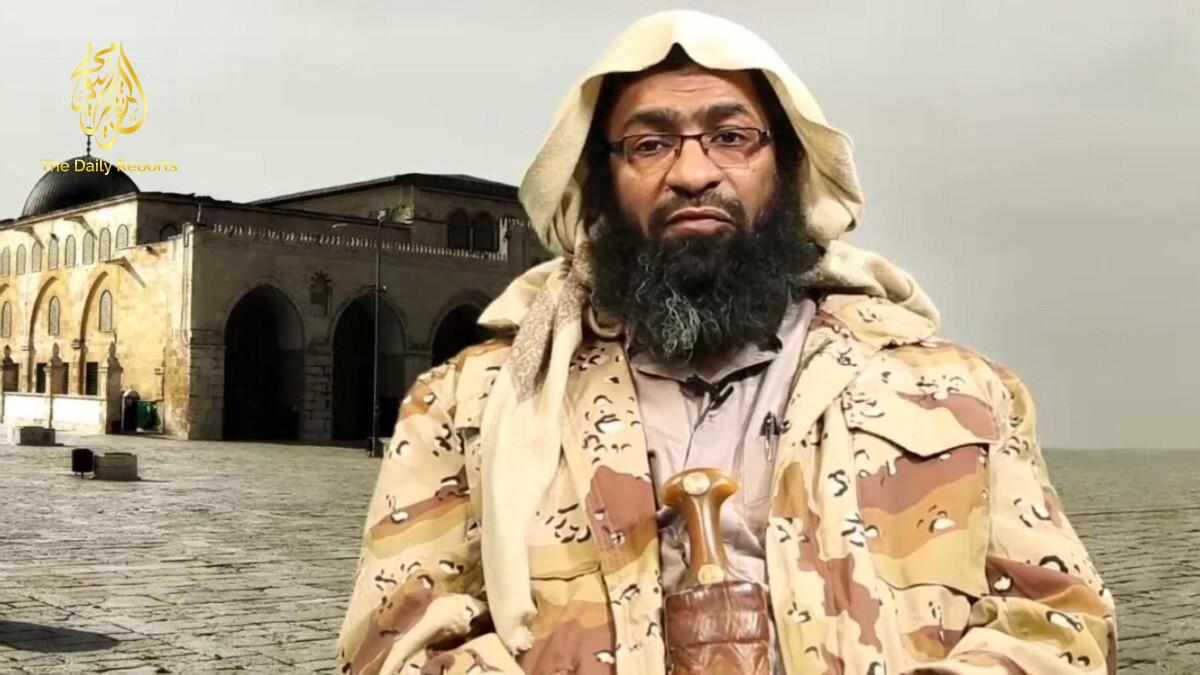The Israel Defense Forces recently unveiled their discovery of the largest Hamas attack tunnel ever found, located in the northern Gaza Strip near the Erez border crossing. Stretching approximately four kilometers, this tunnel, reaching depths of around 50 meters underground, seemed spacious enough in parts to accommodate vehicles, although it did not breach Israeli territory.
Close to the Erez Crossing, which historically allowed Palestinian civilians access to Israel for work and medical needs until an assault by Hamas on October 7, the IDF, employing advanced intelligence and technology, unearthed and neutralized this extensive network.
Despite a map outlining the tunnel’s route being restricted from publication, the IDF disclosed that the tunnel boasted various branches, junctions, and integrated systems for plumbing, electricity, and communication. Additionally, it contained blast doors strategically placed to impede Israeli forces from entering. Inside, the IDF found weapons linked to Hamas, suggesting it was designed for vehicle-based assaults on Gaza’s border communities.
Colonel Haim Cohen, commanding the Gaza Division’s Northern Brigade, confirmed that none of the tunnel’s branches reached into Israeli territory. The IDF emphasized that its ground operations in Gaza have yielded substantial intelligence about Hamas’s tunnel infrastructure.
Alongside the revelation, the IDF shared footage depicting the construction process of the tunnel, illustrating Hamas operatives utilizing specialized equipment. The construction, involving dozens of terrorists, was overseen by Muhammad Sinwar, the leader of Hamas’s southern brigade and the brother of Yahya Sinwar, Hamas’s Gaza chief.
The IDF condemned Hamas for investing millions in constructing this underground network instead of prioritizing the well-being of Gaza’s residents. They pledged to continue dismantling these subterranean structures and targeting terrorist hideouts.
Moreover, the IDF confirmed the discovery of over 800 tunnel shafts in the Strip since their offensive began in late October, destroying around 500 of them. They also conducted a trial involving pumping seawater into the tunnels to disrupt Hamas’s subterranean operations.
Regarding concerns about potential hostages held in these tunnels, the IDF assured that their actions are guided by intelligence to avoid harm to captives. The conflict has been ongoing since October, sparked by a large-scale Hamas incursion into Israel that resulted in casualties and numerous hostages.
Israel responded with a significant offensive against Hamas in Gaza. The death toll provided by the Hamas-run health ministry in Gaza is contested, including both civilian casualties and Hamas operatives killed during the conflict. While numerous hostages have been released or rescued, some remain in captivity, and the IDF continues its operations to secure their release.










